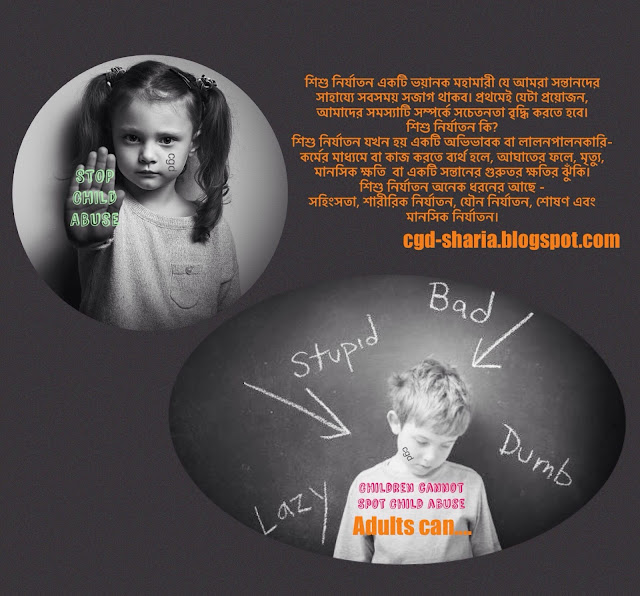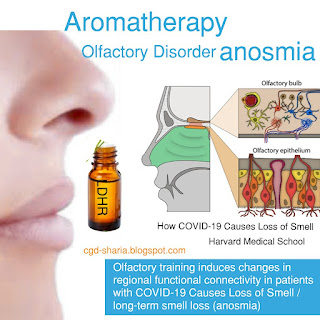Child Abuse
Child abuse is a terrible epidemic that we at child help are dedicated to put an end to. To do this, we need to first increase awareness of the issue itself.
<script async src="//pagead2.googlesyndication.com/pagead/js/adsbygoogle.js"></script>
<script>
(adsbygoogle = window.adsbygoogle || []).push({
google_ad_client: "ca-pub-4280545194065456",
enable_page_level_ads: true
});
</script>
What is child abuse?
Child abuse is when a parent or caregiver, whether through action or failing to act, causes injury , death, emotional harm or risk of serious harm to a child. There are many forms of child maltreatment, including neglect , physical abuse, sexual abuse, exploitation and emotional abuse.
Physical Abuse:
Physical abuse of child is when a parent or caregiver causes any non-accidental physical injury to child. There are many signs of physical abuse. If you see any of the following signs, please get help right away.
Sign of physical abuse in a child
Physical abuse of child is when a parent or caregiver causes any non-accidental physical injury to child. There are many signs of physical abuse. If you see any of the following signs, please get help right away.
Sign of physical abuse in a child
Behavioural:
-Aggression toward peers, pets other animal
- Seems afraid of parents or others adult
- Fear , withdrawal, depression anxiety
- Wears long sleeves out of season
- Violent themes in fantasy, art,etc
- Nightmare , insomnia
- Reports injury , severe discipline
- Immature , acting out emotional and behavior extremes
- Self- destructive behaviour attitudes
-Aggression toward peers, pets other animal
- Seems afraid of parents or others adult
- Fear , withdrawal, depression anxiety
- Wears long sleeves out of season
- Violent themes in fantasy, art,etc
- Nightmare , insomnia
- Reports injury , severe discipline
- Immature , acting out emotional and behavior extremes
- Self- destructive behaviour attitudes
<script async src="//pagead2.googlesyndication.com/pagead/js/adsbygoogle.js"></script>
<script>
(adsbygoogle = window.adsbygoogle || []).push({
google_ad_client: "ca-pub-4280545194065456",
enable_page_level_ads: true
});
</script>
Sexual abuse :
Sexual abuse occurs when an adult uses a child for sexual purposes or involves a child in sexual acts. It also includes when a child who is older or more powerful uses another child for sexual gratification or excitement.
Sexual abuse occurs when an adult uses a child for sexual purposes or involves a child in sexual acts. It also includes when a child who is older or more powerful uses another child for sexual gratification or excitement.
Signs of sexual abuse in a child
Behavioural
Behavioural
- Doesn't want to change clothes
- withdrawn depressed, anxious
- Eating disorders, preoccupation with body
- Aggression, delinquency, poor peer relationships
- Poor self- image , poor self-care lack of confidence
- sudden absenteeism, decline in school performance
- Substance abuse , running away , recklessness, suicide attempts
- Sleep disturbance, fear of bedtime, nightmares, bed wetting
- Sexual or repetitive soothing behaviours
Emotional Abuse
When a parent or caregivers harms a child's mental and social development, or causes server emotional harm , it is considered emotional abuse .while a single incident may be abuse , most often emotional abuse is a pattern of behaviour that causes damage overtime.
Signs of emotional abuse in a child
Behavioural:
- Habits like sucking, biting, rockin
- Learning disabilities and developmental delays
- Overly compliant or defensive
- Extreme emotions, aggression withdrawal
- Anxieties , phobias, sleep disorders
- Destructive or antisocial behaviours
- Behaviour that is inappropriate for age
- Suicidal thoughts and behaviours
When a parent or caregivers harms a child's mental and social development, or causes server emotional harm , it is considered emotional abuse .while a single incident may be abuse , most often emotional abuse is a pattern of behaviour that causes damage overtime.
Signs of emotional abuse in a child
Behavioural:
- Habits like sucking, biting, rockin
- Learning disabilities and developmental delays
- Overly compliant or defensive
- Extreme emotions, aggression withdrawal
- Anxieties , phobias, sleep disorders
- Destructive or antisocial behaviours
- Behaviour that is inappropriate for age
- Suicidal thoughts and behaviours
Child neglect
Child neglect is when a parent or caregiver doesn't give the care, supervision, affection and support needed for a child's health, safety and well- being , child neglect includes:
- physical neglect and inadequate supervision
- emotional neglect
- medical neglect
- educational neglect
Child neglect is when a parent or caregiver doesn't give the care, supervision, affection and support needed for a child's health, safety and well- being , child neglect includes:
- physical neglect and inadequate supervision
- emotional neglect
- medical neglect
- educational neglect
Handling Child Abuse Disclosure:
<script async src="//pagead2.googlesyndication.com/pagead/js/adsbygoogle.js"></script>
<script>
(adsbygoogle = window.adsbygoogle || []).push({
google_ad_client: "ca-pub-4280545194065456",
enable_page_level_ads: true
});
</script>
When a child comes to you to talk about abuse they are facing , it is important to listen and act in a way to support the child and keep him or her protected.
You have a responsibility to keep children safe.
You have a responsibility to keep children safe.
During the disclosure
1. Avoid denial: respect your child by listening to what he/she has to say and taking what your child says seriously , believe what your child is telling you.
2. Provide a safe environment make sure the setting is make sure the setting is confidential and comfortable
3. Reassure your child
4. Listen and don't make assumptions
5. Do not interrogate
6. Don't ask the child a lot of questions, especially leading questions , which means a questions in which you provide a possible answer .
2. Provide a safe environment make sure the setting is make sure the setting is confidential and comfortable
3. Reassure your child
4. Listen and don't make assumptions
5. Do not interrogate
6. Don't ask the child a lot of questions, especially leading questions , which means a questions in which you provide a possible answer .
Limit questioning to only the following four questions if the child has not already provided you with the information :
What did happen?
Where did it happen?
Who did it?
How do you know them?
Where did it happen?
Who did it?
How do you know them?
6. Make no promises
7. Document exact quotes
8. Be supportive, not judgmental
7. Document exact quotes
8. Be supportive, not judgmental
Don't ask questions that imply
the child was at fault
the child was at fault
Why didn't you tell me before?
What were you doing there?
Why didn't you stop it?
What did you do to make this happen?
Are you telling the truth?
What were you doing there?
Why didn't you stop it?
What did you do to make this happen?
Are you telling the truth?
9. Have an under standing about abuse and neglect
10. Report any suspicion of child abuse and neglect
10. Report any suspicion of child abuse and neglect
Ref: Smith M.C.(2008) pre- professional mandated reports understanding of young children's eye witness.
Raising family and social awareness:
(Depressed person is not a
burden for your family,
it is your responsibility to love
and care them)
My concern to reach this
massage to everyone..
Use natural painkiller remedy " No Pain" pain goes without side effects.
Get relief from Osteochondrosis and Migraine. Detox your body from toxin and keep balanced hormone.?
Lavender Dreamyy fb page
Follow Us On:
Instagram
Please share and subscriber my blog








Comments